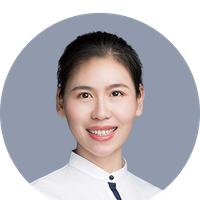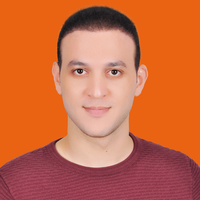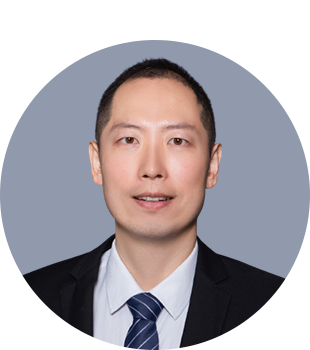Dr. Yude Su is committed to developing novel nano-bacteria hybrid materials for electro- and photo-catalytic energy conversion. He introduced a new approach to de novo encapsulate microbial electrocatalyst on the electrode to facilitate the interfacial charge transfer.
Bacteria has been introduced to an innovative catalyst for (photo)electrochemical CO2 reduction. In such a system, the bio-synthetic interface is key to determining the efficiency of electron transfer and carbon dioxide reduction. Based on a high-surface-area nanowire electrode, Dr. Su systematically studied and optimized the interface between the carbon-fixing bacteria and the nanowire electrode, and eventually obtained a close-packed nanowire-bacteria hybrid system. The resulting close-packed hybrids can achieve efficient artificial photosynthesis for one week with 3.6% solar-to-acetate efficiency. Such biohybrid artificial photosynthetic system opens up possibilities for carbon neutral on Earth and atmospheric transformation on Mars.
He also constructed a unique electrochemical setup that allows de novo encapsulation of electrogenic bacteria into the conjugated polymer hydrogel microstructure during the hydrogel formation. The de novo encapsulation strategy yields a 150-folds increase in microbial power generation efficiency. As a follow-up, he discovered that the properties and functionality of the electrogenic bacteria-polymer composite altered in response to external stimuli. By adding or removing Mg2+ ions in the electrolyte, the composite can reversibly switch its functionality between electricity generation and electrochemical energy storage. Such stimulus-responsive phenomenon provides guidance to design future smart electrochemical devices.
In the future, Dr. Su is going to take advantage of the diversity of nanomaterials and microbial species, couple the two interdisciplinary materials at different length scales, and apply such hybrid materials to more research fields including nitrogen fixation, outer space exploration, and self-powered wearable devices.
In addition, to circumvent the inhomogeneities present in ensemble nanomaterials, Dr. Su developed a unique single-nanowire-photoelectrode platform, and discovered that the photoelectrochemical performance of nanowire arrays is limited by poorly performing individual wires. Such phenomenon highlights the importance of improving nanomaterials’ microscopic homogeneity for better ensemble performance.
Dr. Su obtained his Ph.D. in chemistry in 2017 at University of California, Berkeley. He was a postdoctoral researcher at the University of California, Berkeley, Santa Barbara, and the National University of Singapore before joining University of Science and Technology of China-Suzhou Institute for Advanced Research as a Professor in April 2021.




